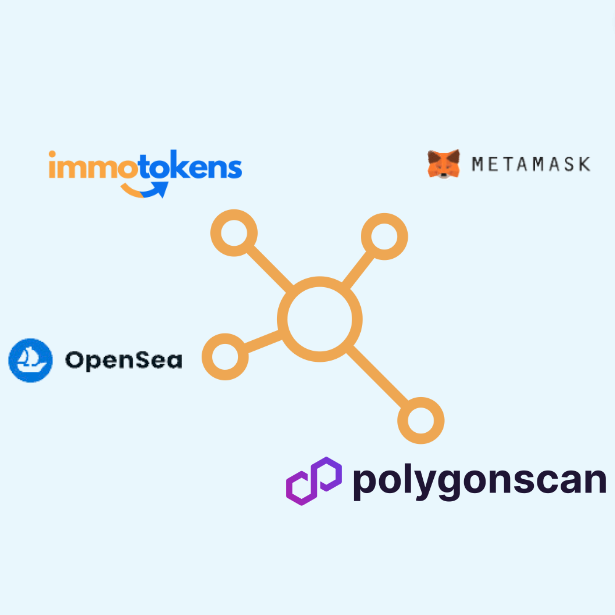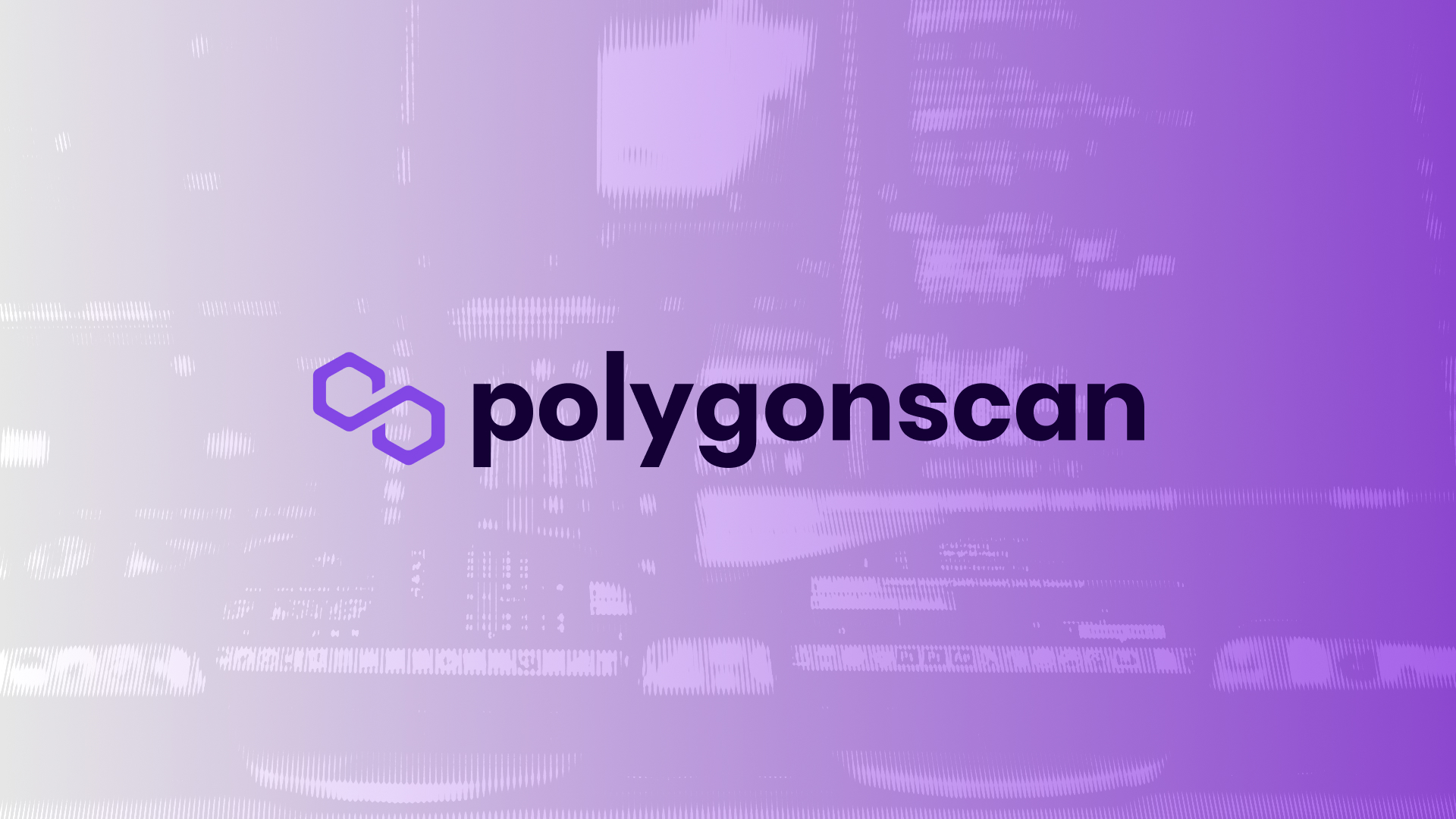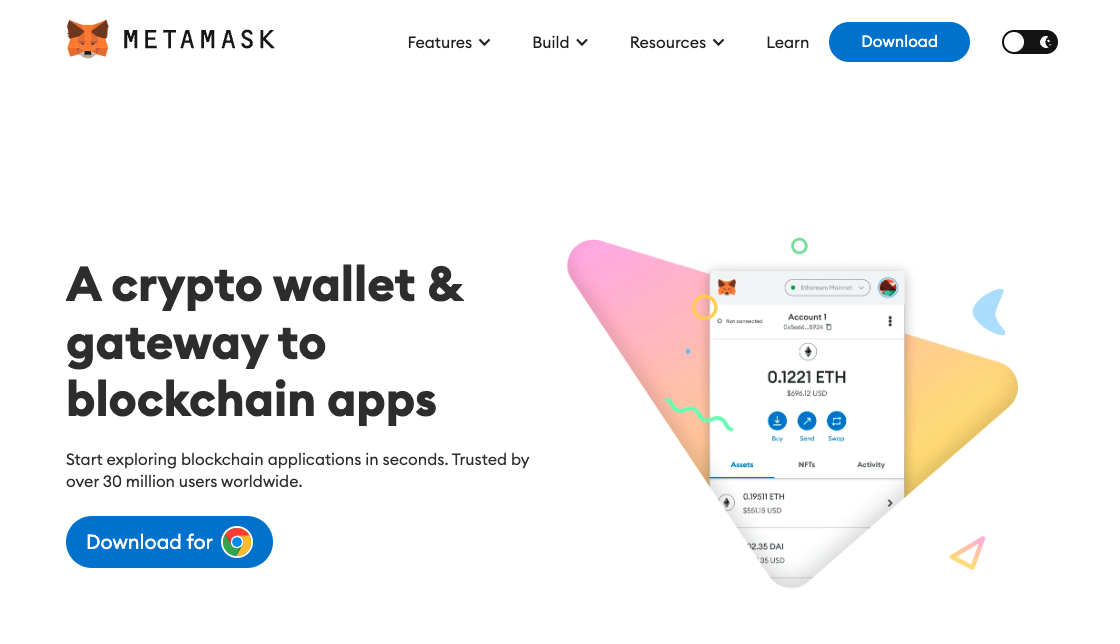Blockchain technology is starting to play a bigger role in everyday life by the day. This relatively new technology appears to offer advantages in many different ways. Specifically, there is the phenomenon of tokenisation. This enables large companies to offer certain products or services as a 'tokenise'. In this article, we will discuss what this means and how it is applied in practice to achieve certain benefits.
What exactly does tokenisation mean?
Before we actually dive into the advantages and examples, it is of course nice to understand exactly what tokenisation entails. Where most people immediately think of cryptocurrencies, it turns out there is quite some nuance to it. Read more about it here difference between tokens and crypto.
Tokenisation refers to the digitisation of a specific unit of value. For example, it allows you to digitise physical resources. The token then represents a certain value in relation to the physical asset. Since it is possible to get a physical asset digitally one-to-one, it is much easier to trade it.
The benefits of tokenisation
Now that you understand what tokenisation entails in general terms, the most important advantages will probably also become somewhat clearer. In practice, the following advantages in particular appear to play a major role in Belgium:
- Reduces barriers to investment: The most obvious benefit of tokenisation is that it significantly lowers the barrier to investment. For example, tokenisation makes it suddenly much more accessible for private investors to invest in certain physical assets. Thanks to tokenisation it is in fact possible to divide a physical asset into much smaller digital tokens. This way there is a much lower starting amount required for an investment. Certainly compared to buying the complete physical tool in its entirety.
- Improved regulation: At the same time, tokenisation is going to improve regulation. It makes it easier to develop uniform standards. When eventually almost everyone starts working with tokenisation, you invest in most digital and physical resources in more or less the same way. The regulation of this market is then much more transparent. Clarity will be created, which will result in a nice way of working for both the providers and the users.
- More liquidity: Finally, there is greatly increased liquidity as a provider of a physical or digital asset. Suppose, for example, that you own a number of real estate properties. Then there is only very limited liquidity. You have to arrange everything around selling one of the properties to get money in your account. With tokenisation this is a different story. Selling, say, a third of the value of a property is then fairly easy. The associated increased liquidity is then achieved quite easily.
Top 4 use cases for tokenisation in Belgium
To get a clearer idea of how all this applies in Belgium today, here are the top four use cases for tokenisation in Belgium. These are practical application options that are already available today:
#1: Tokenisation of rare metals
Certain rare metals have naturally had a high value for quite a few years. They are therefore a fairly robust investment tool. The most important example of this is probably gold. The tricky thing about gold, however, is that it is not exactly easy to trade these days. Moving and storing gold is very complicated. Moreover, you have to comply with all kinds of internationally established regulations. Basically there is a clear conclusion; gold is not liquid.
The tokenisation of a rare metal like gold is therefore a relatively logical solution. Thanks to tokenisation we are able to divide gold into fixed fractions. And that without having to melt down, move or store physical gold. All this will make it very easy for the average Belgian to actually become the owner of a quantity of gold. The same goes for other rare metals, such as silver and bronze.
Examples of companies that operate in this way are Cache and Pax Gold. They create a greatly increased liquidity of gold while minimising associated costs.
#2: Tokenisation of real estate
The tokenisation of real estate is one of the biggest breakthroughs as a direct result of the introduction of blockchain technology turned out to be the case. Indeed, as briefly mentioned earlier, it is quite difficult for the average person to invest in real estate. In principle, a starting capital of at least €100,000 is required. And with today's house prices, you are even approaching a minimum starting capital of over €200,000.
Thanks to tokenisation of real estate, it is suddenly possible to divide a particular form of real estate into much smaller, digital pieces. This makes it possible, for example, to Invest 1/1000 of a property. By working with very specific smart contracts via the blockchain, these tokens are watertight. Upon purchase, they give you direct ownership of the specific piece of real estate it represents. Moreover, through the smart contract, the transaction history can be traced. It is then completely clear who has owned that specific token.
In Belgium, for example, you have the opportunity to invest in real estate through Immotokens. An investment of just €50 is enough to become a property owner. For example, you share in the rental income of that specific property.
#3: Tokenisation in logistics
Logistics is another sector in which tokenisation certainly seems to play an important role. This has everything to do with the fact that in logistics, people work with consignment notes. These are proof of ownership. However, problems often arise when a waybill is lost. Think of delays and problems tracing the actual owner.
By means of tokenisation in logistics, the company ensures CargoX For example, they are revolutionising the way we work. Instead of working with waybills, they are replacing them with a method using blockchain technology. Via an app, the carrier creates a 'smart' note of lading, in the form of a token. This token is then sent to the exporter. The exporter then awaits the money and, upon receipt, forwards the smart waybill to the importer. The token is then the proof of ownership that the importer can use.
This also comes in handy in Belgium. A real port city like Antwerp benefits greatly from the fact that its processes can now be run via tokenisation.
#4: NFTs
Finally, there are the NFTsThe non-fungible tokens. These are physical or digital assets that are impossible to divide into several parts. An important example of this is a specific work of art. In Belgium, you can buy non-fungible tokens via Rubey investing in art tokens.
In the physical world, there is a lot involved in transferring ownership of a valuable work of art. With NFTs, this all goes a lot easier. Digital works of art are verifiable via the blockchain. Moreover, it is very easy to send them from one person to another. This is normally done via a digital marketplace, such as OpenSea.
One of the best-known examples at the moment is CryptoPunks. These relatively simple-looking designs are among the first NFTs ever made. As a result, some are now worth millions of euros. For a unique Belgian example of an NFT, we come to the three NFTs of his biggest stage wins, which cyclist Wout van Aert recently launched. Read more about the investing in NFTs.



